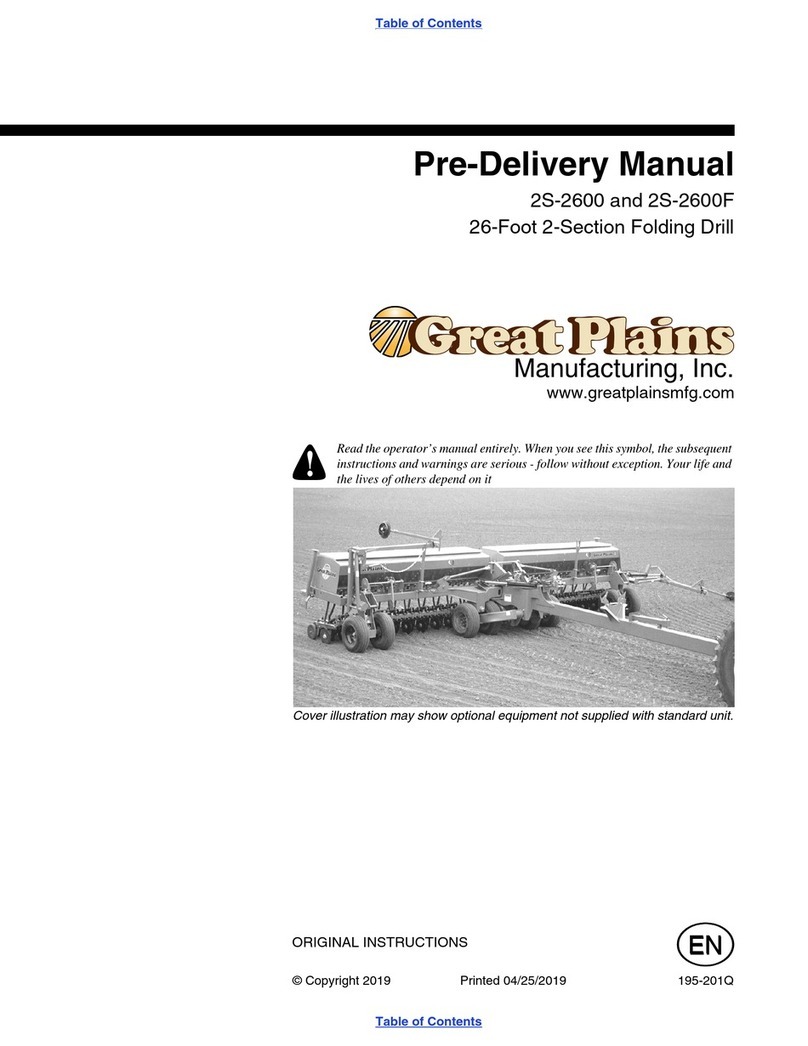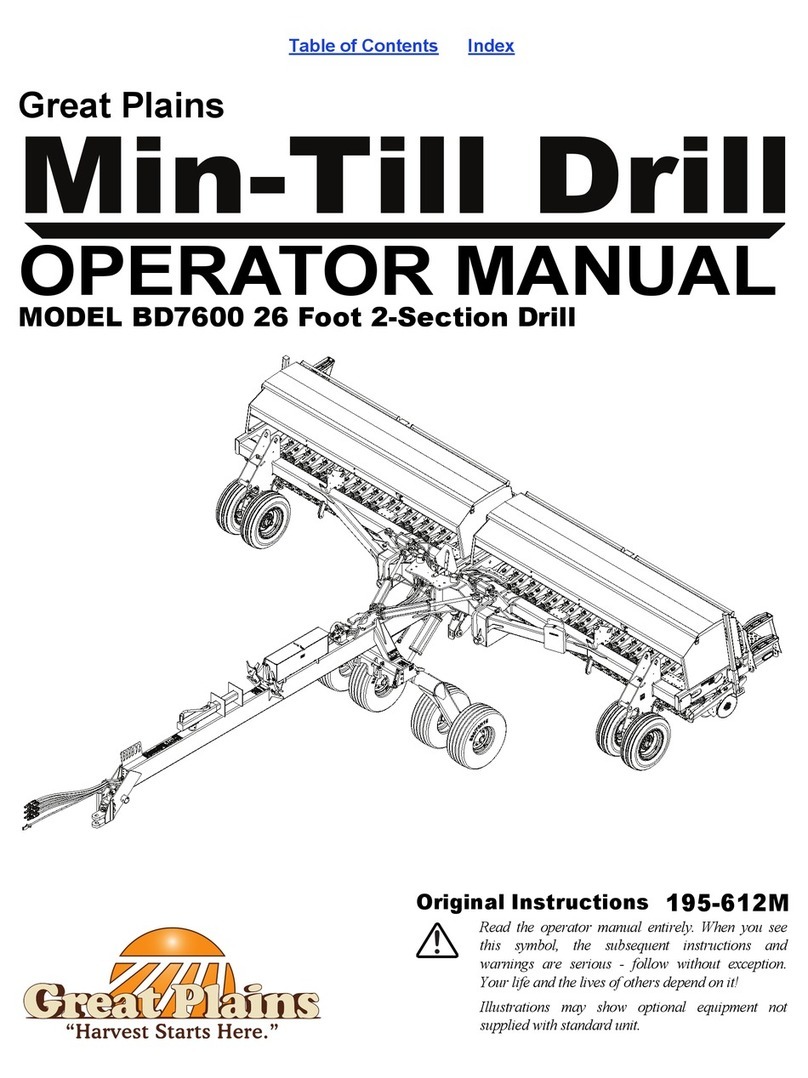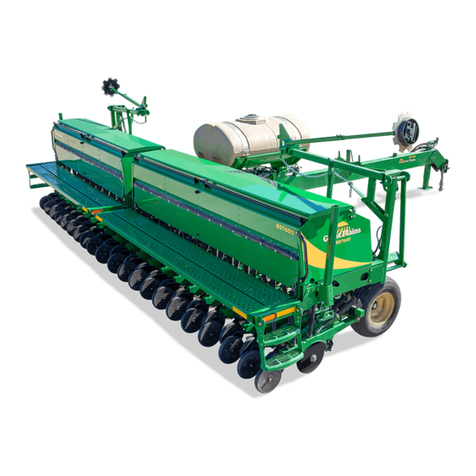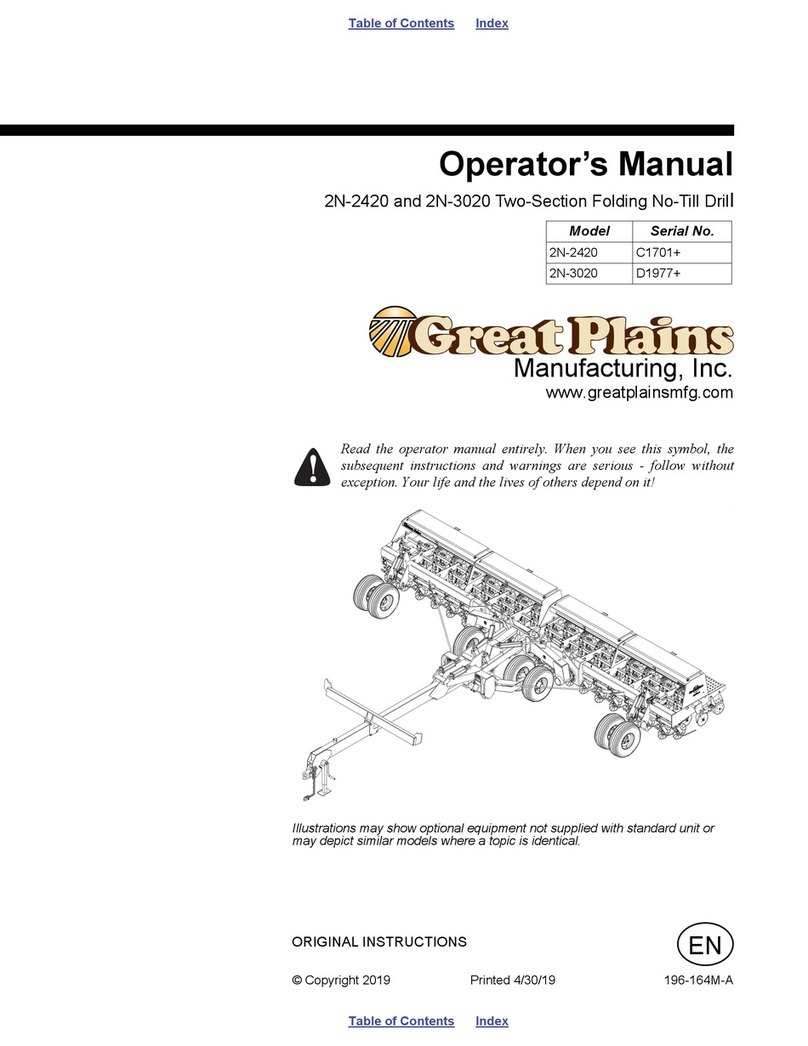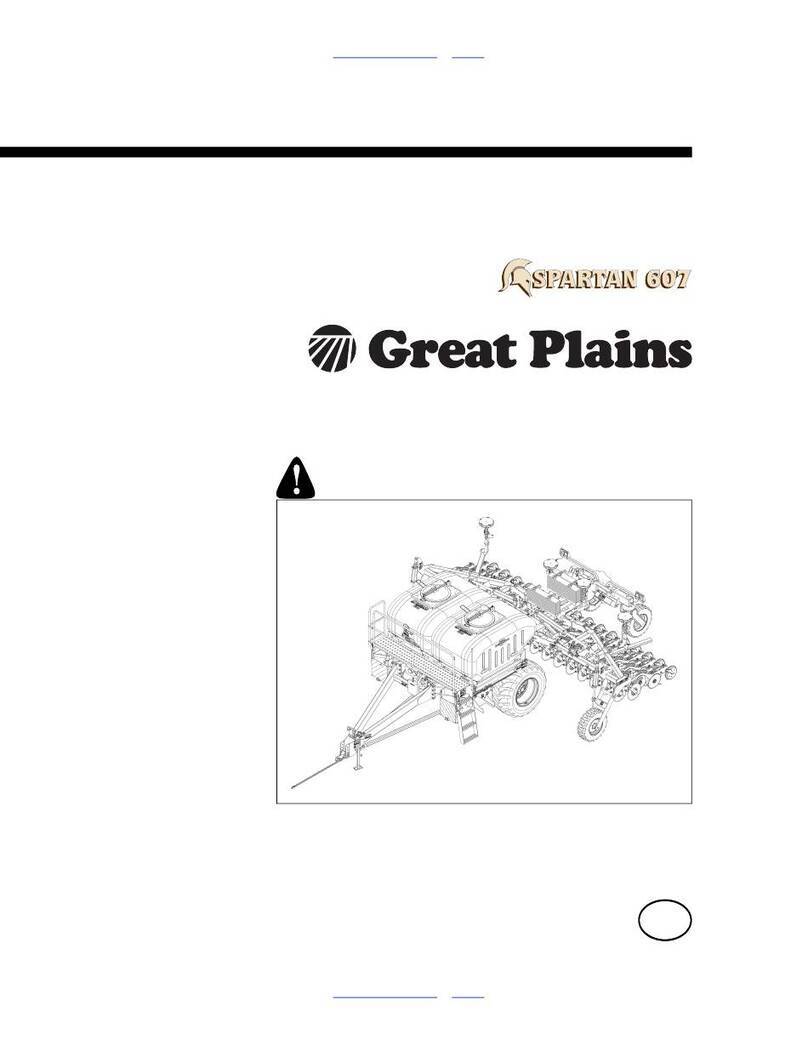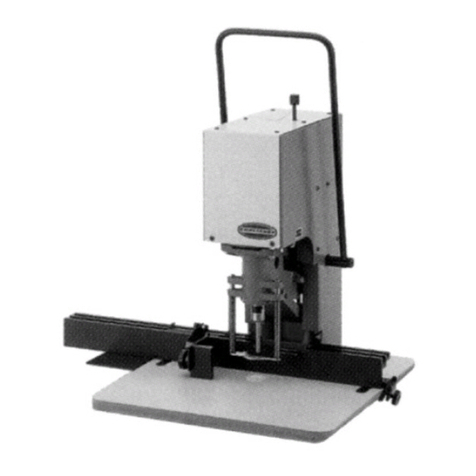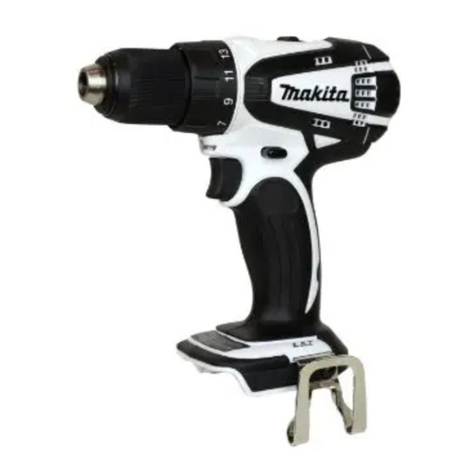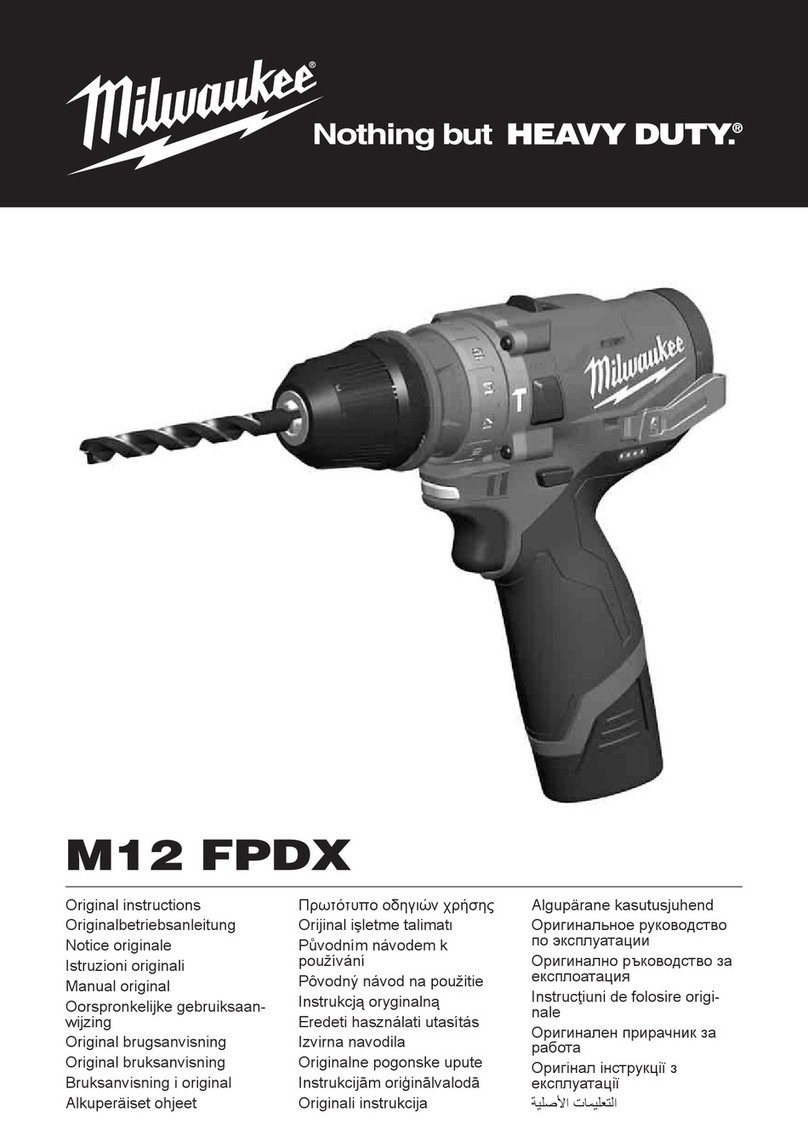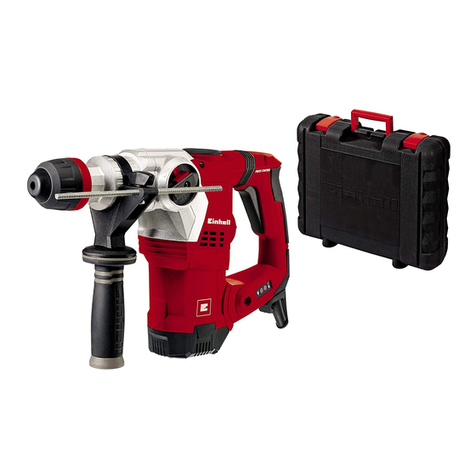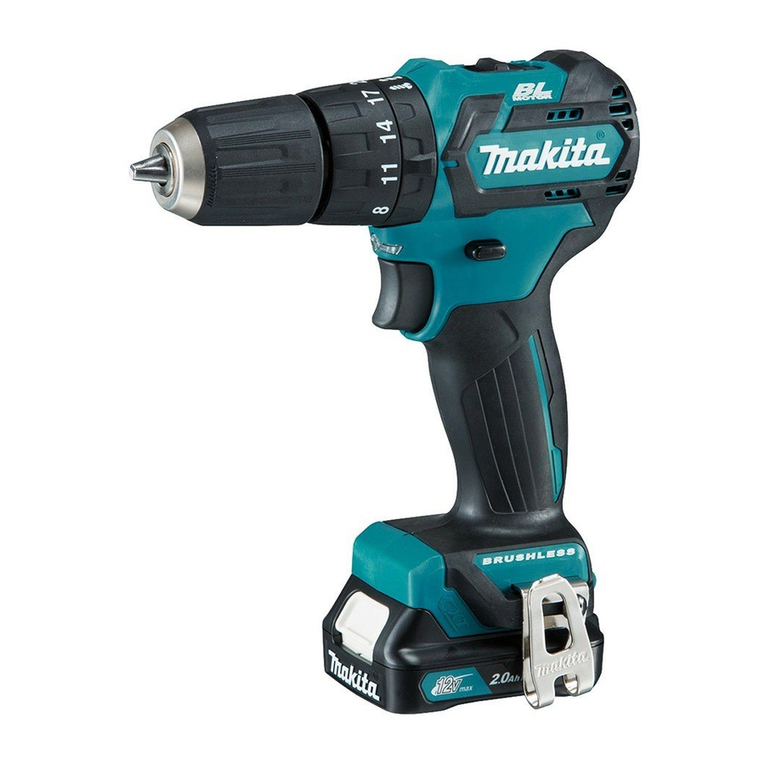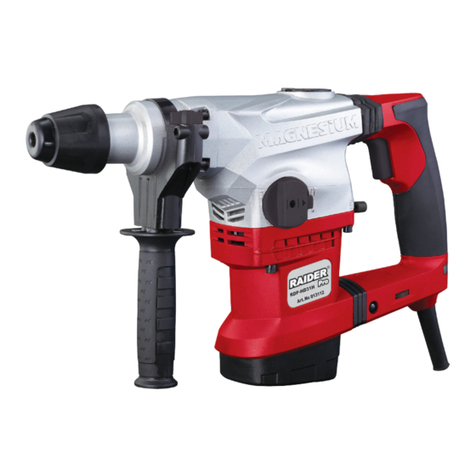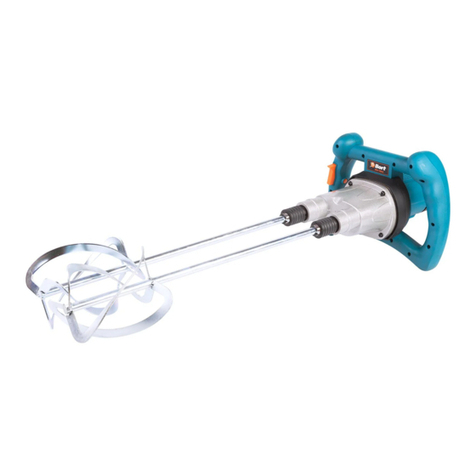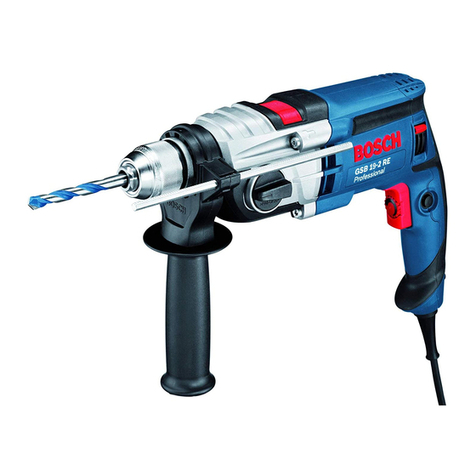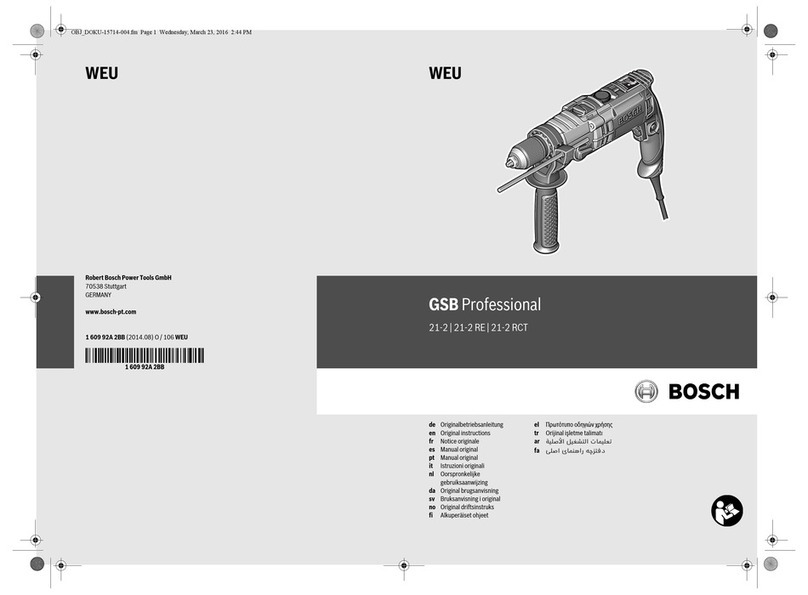
CTA4500 & CTA4500HD Cover ii
2019-05-02 Cover 160-402M
© Copyright 2009, 2010, 2011, 2012, 2013, 2014, 2016, 2017, 2018, 2019. All rights Reserved
Great Plains Manufacturing, Inc. provides this publication “as is” without warranty of any kind, either expressed or implied. While every precaution has been
taken in the preparation of this manual, Great Plains Manufacturing, Inc. assumes no responsibility for errors or omissions. Neither is any liability assumed
for damages resulting from the use of the information contained herein. Great Plains Manufacturing, Inc. reserves the right to revise and improve its products
as it sees fit. This publication describes the state of this product at the time of its publication, and may not reflect the product in the future.
Trademarks of Great Plains Manufacturing, Inc. include: AccuShot, Max-Chisel, Row-Pro,
Singulator Plus, Short Disk, Swath Command, Terra-Tine, Ultra-Chisel, and X-Press.
Registered Trademarks of Great Plains Manufacturing, Inc. include: Air-Pro, Clear-Shot, Discovator, Great Plains, Land Pride, MeterCone,
Nutri-Pro, Seed-Lok, Solid Stand, Terra-Guard, Turbo-Chisel, Turbo-Chopper, Turbo-Max, Turbo-Till, Ultra-Till, Whirlfilter, and Yield-Pro.
Brand and Product Names that appear and are owned by others are trademarks of their respective owners.
Printed in the United States of America
Table of Contents
Important Safety Information.................................................1
Introduction.............................................................................3
Implements Covered .........................................................3
Document Family...............................................................3
Description of Unit .............................................................4
Intended Usage .................................................................4
Using This Manual.............................................................4
Definitions...................................................................4
Further Assistance.............................................................4
Preparation..............................................................................5
Tools Required ..................................................................5
Pre-Assembly Checklist.....................................................5
Assembly.................................................................................6
Assemble Casters .............................................................7
Install LED Lights...............................................................8
Mount Gauge Wheels........................................................9
Mount Valve / Plumb Wings ............................................10
Mount Fold Cylinders.......................................................12
Setup......................................................................................14
Hitching............................................................................14
Hitching an ADC2350 Cart .......................................15
ADC2350 Electrical Connections .............................15
ADC2350 Hydraulic Connections.............................16
Bleeding Hydraulics.........................................................17
Bleeding Lift Hydraulics............................................17
Bleeding Fold Hydraulics .........................................20
Eyebolt Adjustment .........................................................23
Transport Rest Installation ..............................................24
Install Distribution Towers ...............................................24
General Tower Installation .......................................25
Center Tower Installation .........................................25
Wing Tower Installation............................................26
Install Primary Seed Hoses .............................................26
Primary Seed Hose Routing.....................................27
Connect Secondary Seed Hoses ....................................28
Diagrams; Recommended Hose Routing on CTA4500....29
Hose Routing Diagrams for CTA4500-5410....................30
Hose Routing Diagrams for CTA4500-7275....................31
Hose Routing Diagrams for CTA4500-9006....................32
Appendix ...............................................................................33
Torque Values Chart .......................................................33
Tire Inflation Chart...........................................................33
........................................................................................34
CTA4500 & CTA4500HD Hydraulic Circuit
Assignments.............................................................34
Hydraulic Circuit with Manual Valve........................34
Hydraulic Circuit, Electric Valve ...............................35
.................................................................................35


